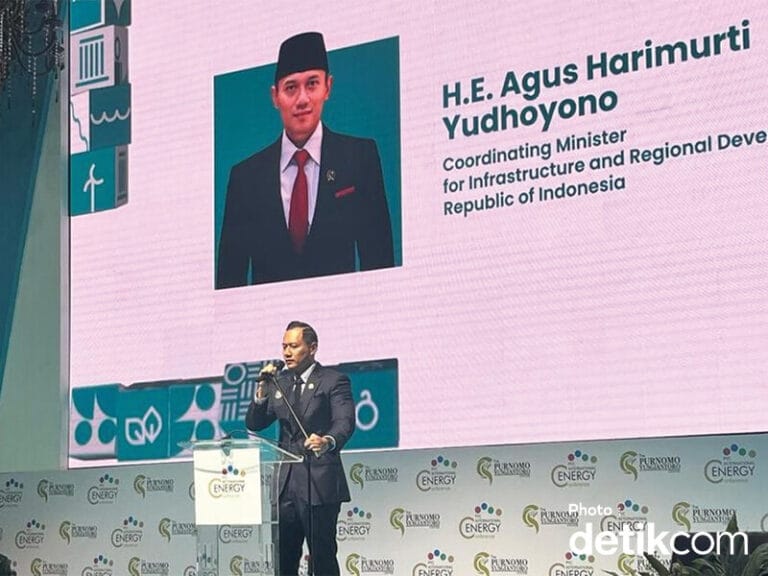Home » AHY: TOD Development Reduces Fuel Consumption, LRT CITY Ciracas as a Real Example of Sustainable Housing
AHY: TOD Development Reduces Fuel Consumption, LRT CITY Ciracas as a Real Example of Sustainable Housing

TOD as a Solution for Environmentally Friendly Mobility
Jakarta – Coordinating Minister for Infrastructure and Regional Development, Agus Harimurti Yudhoyono (AHY), said Transit Oriented Development (TOD) housing strengthens national energy efficiency.
TOD reduces fuel consumption and lowers carbon emissions by encouraging public transport use. Furthermore, it strengthens sustainable mobility. Ultimately, the initiative aligns with Indonesia’s strategy to reach net zero carbon emissions by 2060.
“In the housing sector, the development of transit-oriented development connects affordable housing with public transportation, reduces energy demand, and improves quality of life. This approach reinforces the important principle that the energy transition and sustainable infrastructure must progress together.”.
AHY at the PYC International Energy Conference 2025 in Jakarta, Saturday (August 23, 2025).
LRT CITY Ciracas : A Real Example of TOD Property Housing in East Jakarta
One project that reflects this concept is LRT CITY Ciracas, a modern residential area connected to LRT Ciracas Station in East Jakarta. As part of TOD Property, it offers apartments, commercial areas, and public facilities integrated with mass transit. The project improves mobility efficiency and reduces carbon emissions by encouraging public transportation use.
LRT CITY Ciracas is a clear example of TOD deevelopment that supports sustainable living. In addition, it represents a strategic investment opportunity.
TOD in the 2025–2029 National Medium-Term Development Plan (RPJMN)
AHY explained that the development of TOD has been included in the 2025–2029 National Medium-Term Development Plan (RPJMN), with sustainability placed at the core of infrastructure planning.
In the transportation sector, the government develops MRT, LRT, electric buses, and high-speed trains to cut emissions and ease congestion. It also builds green ports, sustainable airports, and climate-resilient roads and dams.
Challenges and Targets for Renewable Energy
Nevertheless, AHY admitted that Indonesia’s renewable energy share remains low at 14% in 2024, below the 23% target for 2025. He noted that achieving net zero emissions by 2060 will require over US$1 trillion in investments within the next 30 years.
“These numbers are not just data; they are a call to action. The energy transition is no longer an option—it is an economic, social, and geopolitical necessity,” AHY concluded.
